Fire-Roasted Tomato Salsa Recipe
Ali Segersten Sep 15, 2016 10 comments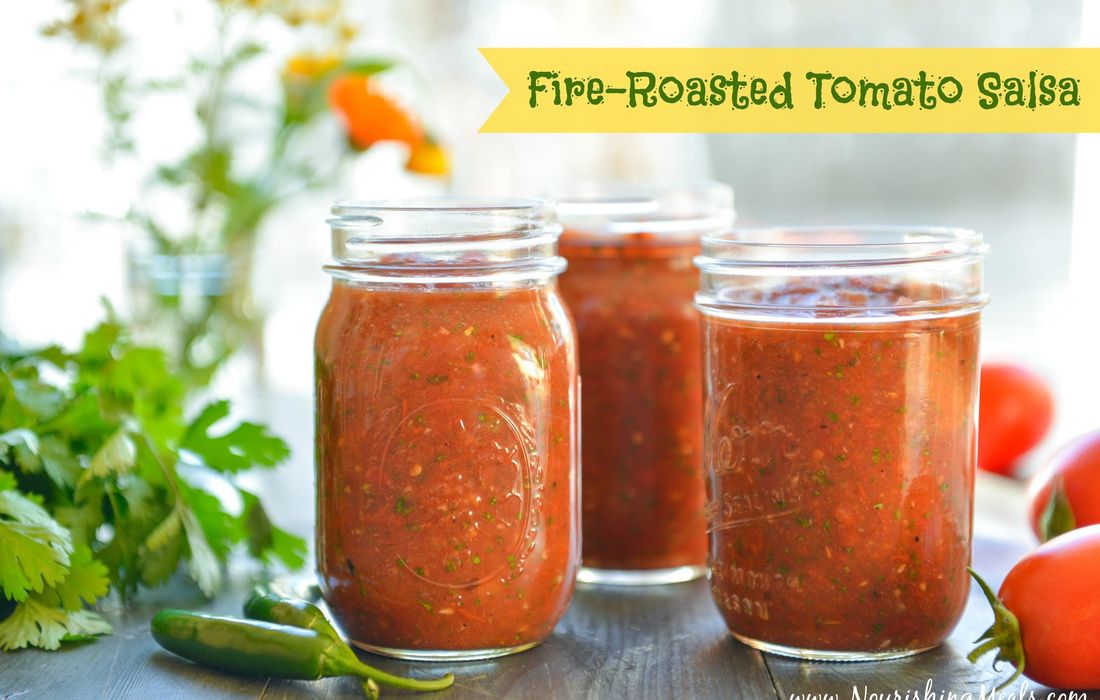
It's tomato season and I bet many of you are searching for more ways to preserve the tomato harvest! Last year I had a bumper crop of roma tomatoes so I created this easy fire-roasted tomato salsa recipe as a way to preserve the harvest. I had my freezer stocked full of salsa in various sized jars that we enjoyed through the winter months. I'm really happy to finally be sharing my recipe with you. It's a mix of roasted tomatoes and other raw ingredients, creating a nutrient-packed condiment!
Roasting tomatoes under the broiler brings out a stunning, sweet caramelized flavor, which adds depth and complexity to your salsa. It also releases some of the liquid in the tomatoes so your salsa does't end up too watery.
If you are looking for other ways to preserve your tomato harvest then you might want to try my Homemade Tomato Basil Marinara Sauce recipe, or simply freeze your tomatoes whole (stems removed). I like to take whole frozen roma tomatoes and soak them in hot water for a few minutes. This allows their skins to slip right off. Then I chop them up and add them to soups and stews in the wintertime.
Enjoy this flavorful salsa recipe with homemade gluten-free Brown Rice Flour Tortillas, cooked beans or shredded meat, guacamole, and thinly sliced fresh greens.

About the Author
Alissa Segersten, MS, CN
Alissa Segersten, MS, CN, is the founder of Nourishing Meals®, an online meal-planning membership with over 1,800 nourishing recipes and tools to support dietary change and better health. As a functional nutritionist, professional recipe developer, and author of The Whole Life Nutrition Cookbook, Nourishing Meals, and co-author of The Elimination Diet, she helps people overcome health challenges through food. A mother of five, Alissa understands the importance of creating nutrient-dense meals for the whole family. Rooted in science and deep nourishment, her work makes healthy eating accessible, empowering thousands to transform their well-being through food.Nourishing Meals Newsletter
Email updates.
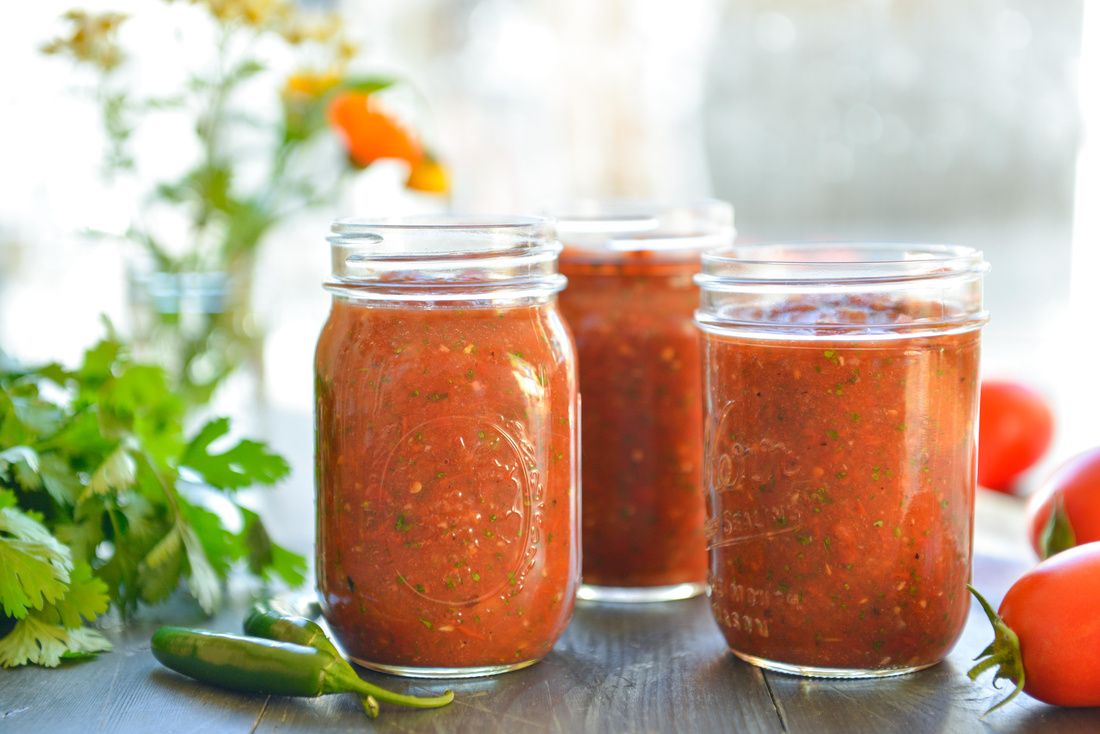


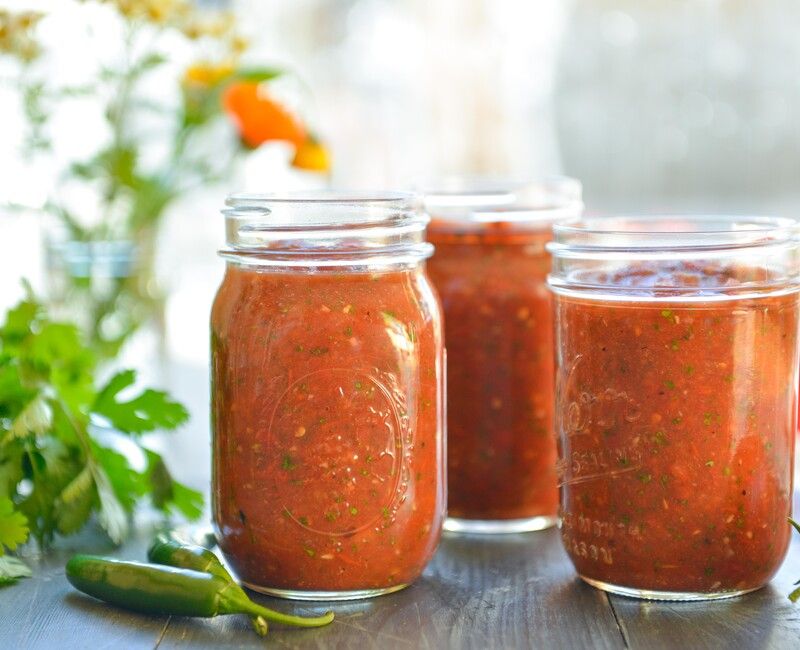
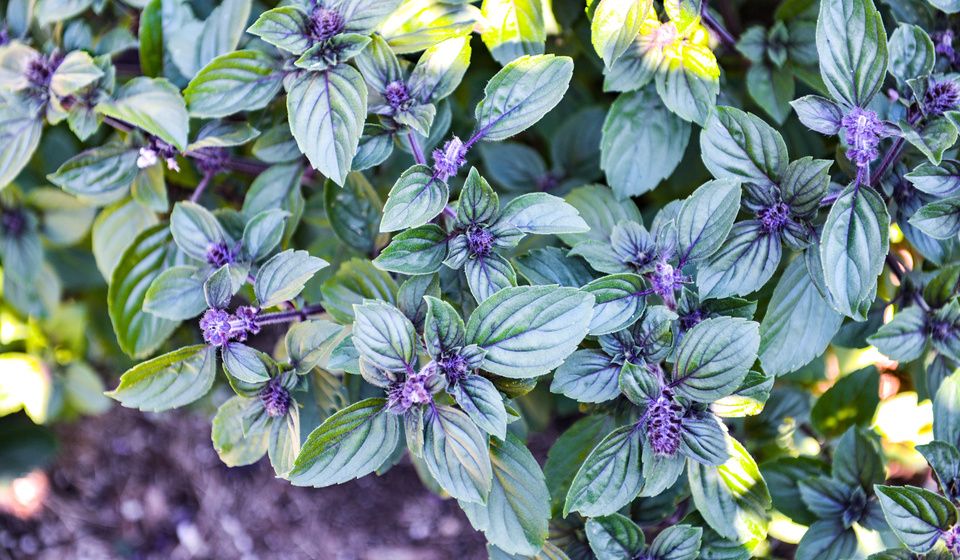
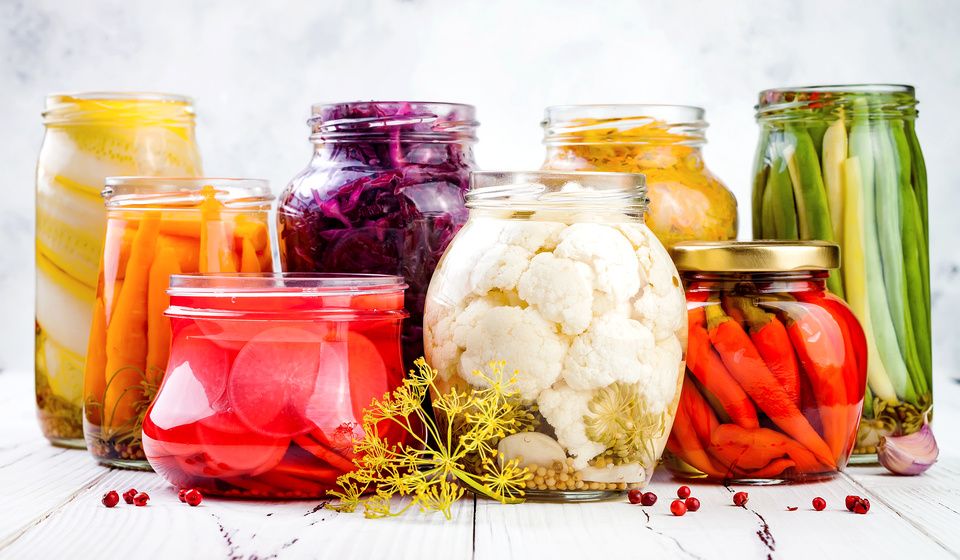
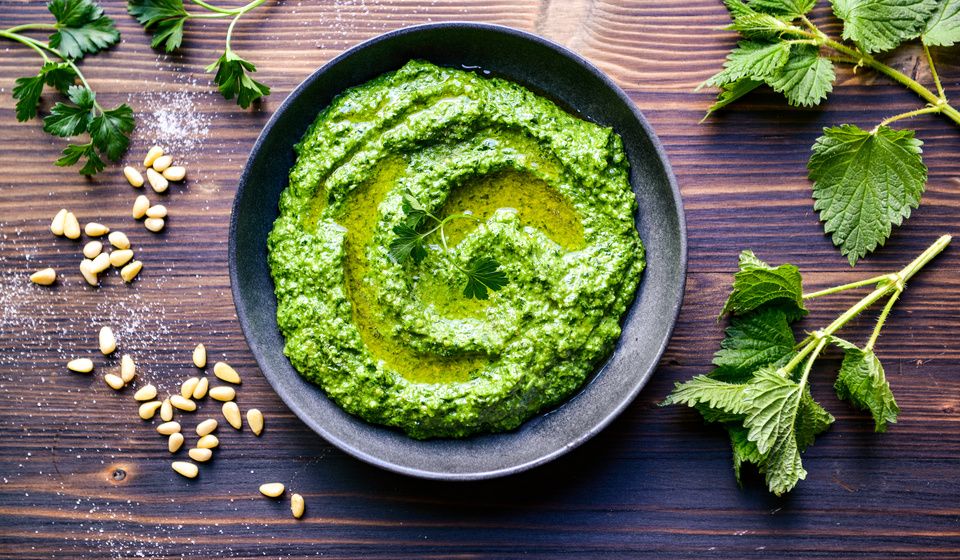
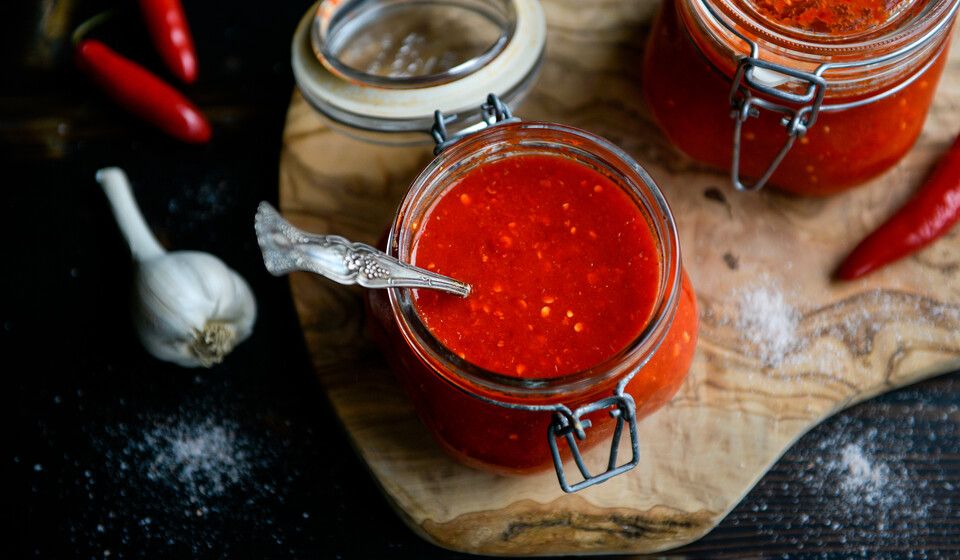
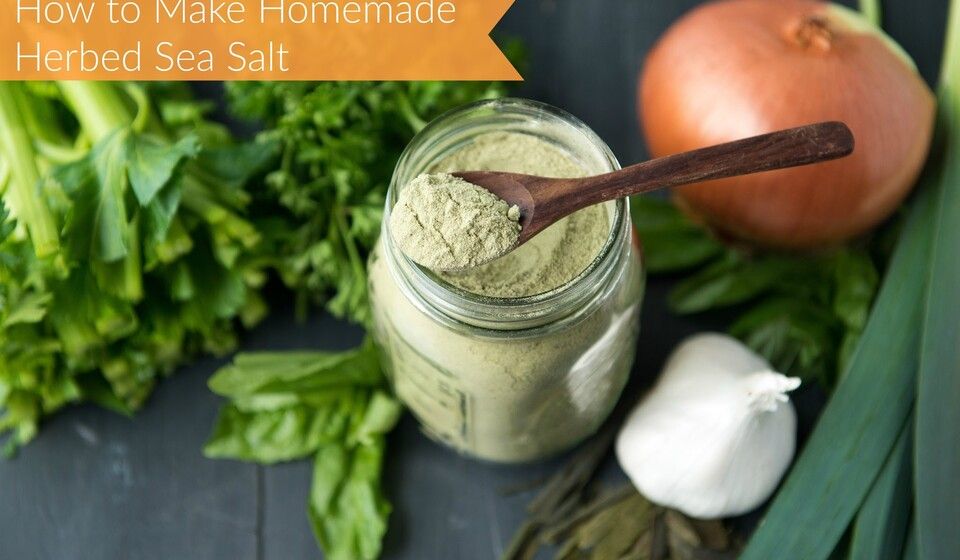
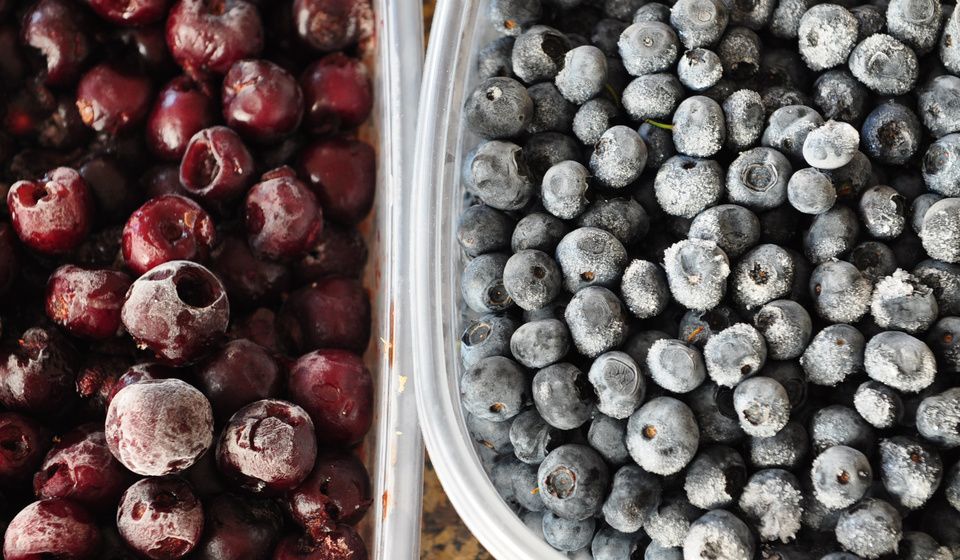
Add Comment
Comments
Do you have an option to can this recipe? How would I alter the acid content to be sure it could be canned safely?
How long would you process this in a water bath for canning? I am thinking 30 mins.
Hi Christa,
Thanks so much for your feedback. SO glad you both love the recipe. Yay! :-)
Hi Ali! We made your salsa recipe the other day...we don't like it...we LOVE it😊 My hubby is quite the salsa snob and let's just say I don't think another salsa will ever do again. This will definitely be a treasured recipe. Thank you so much!
Hi Shari,
Thanks for your input! I've never used ground coriander before (I do add a whole bunch of cilantro), but I do occasionally add ground cumin. I should have mentioned that as an option.
Thank you for pointing this out! :)
Thank you Ali for another yummy-looking recipe. I've only ever made salsa using tinned tomatoes. Do you ever add ground cumin or coriander? I usually like to add one or the other.
Hi Susan,
Thank you for your kind words! I love it...no schprays! So cute.
I think you will really enjoy this salsa recipe. My children love it too! :)
Hi Ali, thank you! I was at our little market yesterday staring at the bushels of Roma tomatoes, wishing I could wrap my head around what to do with them, amidst busy schedules and before they're gone. They also remind me of grandma who would take me out back to her garden. We'd pluck them off the plants, give em a little brush off and eat them right there. She'd announce, no schprays!! Get it? Grandma was organic before I new what she was talking about..😆
So, today..your 'wow, that looks great' salsa recipe appears in my inbox today!😊 and, now I'm so excited to make and freeze jars of salsa and make a little marinara next week after a busy Scouting weekend.
Thank you so much for all your loving efforts to give us great approachable and scrumptious recipes...for every one! Still have to try those gluten free lava cakes from last mail! ...mmm!
Wishing you God's blessings with big thanks, Susan 🌹
Hi Meghan!
Thanks for your input. I add the acid (vinegar or lime juice) to balance flavors. Roasting the tomatoes adds so much sweetness, so without the acid the flavor is a little flat. When I'm creating a recipe I go by taste and this is something I've found that the salsa needed each time I made it. Of course you can omit it if you prefer!
If you go back up to the recipe, you can see that I do add hot chili peppers and chipotle chili powder....which makes the salsa so good! :)
This recipe was not designed for canning. Otherwise I would have cooked the other ingredients. Roasting the onion and garlic sound like a great way if you plan on canning!
I never remove the skins or seeds in any of my recipes either. Just roast those tomatoes whole, and then add the whole roasted tomatoes to the food processor. So easy, and all nutrients stay in the salsa! :) The only time I remove the skins of the tomatoes is after they have been frozen and I want to add diced tomatoes to a soup. The skins get kind of leathery and the texture of the soup is better without them.
If you click through to my marinara sauce recipe you will see that I use my Vitamix to puree whole raw tomatoes (seeds, skin, and all) before cooking down for hours into a sauce. Much easier, and yes, such a great way to keep all the nutrients.
RE: Roasted Tomato Salsa - It's even better when you roast the onion and garlic right along with the tomatoes! Since it's in the freezer, you don't really need the acid at all - you can keep the sweet roasted flavors but add hot peppers like Serrano and Jalapheno - the sweet offsets the hot - Yummy! Also, I puree those roasted tomato skins in the Vitamix and add the fiber right back into the food - no waste AND better health (and I never remove the seeds either).